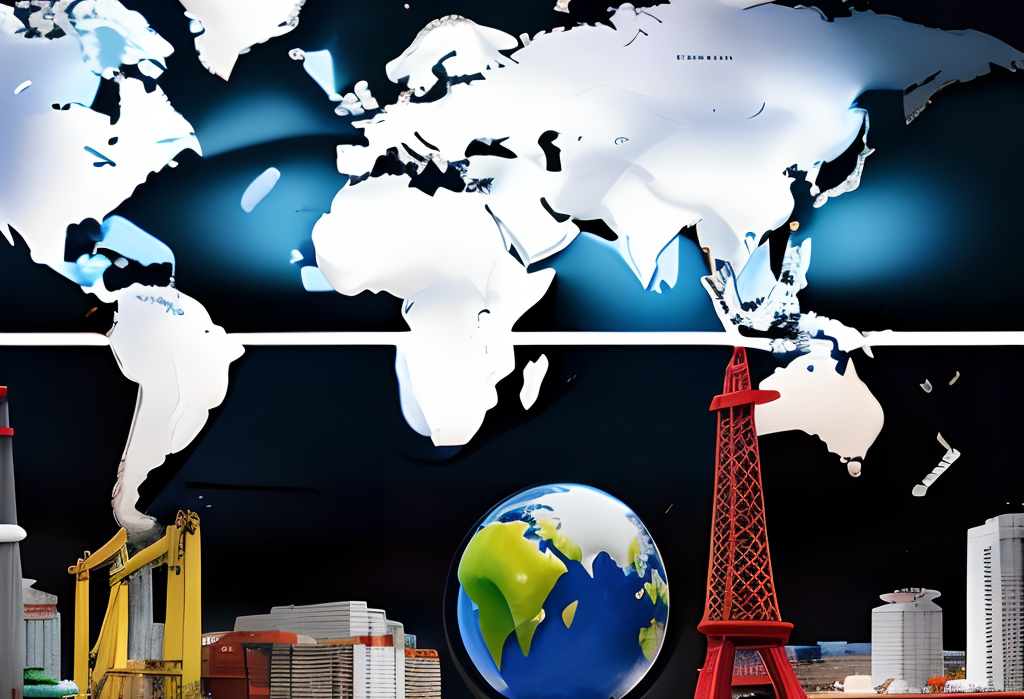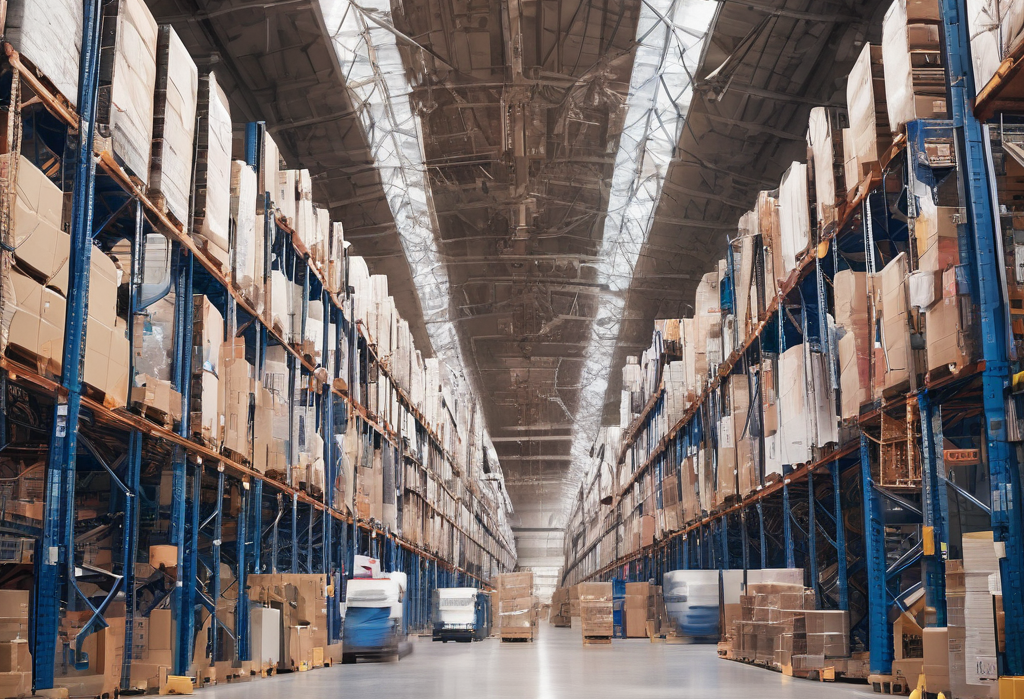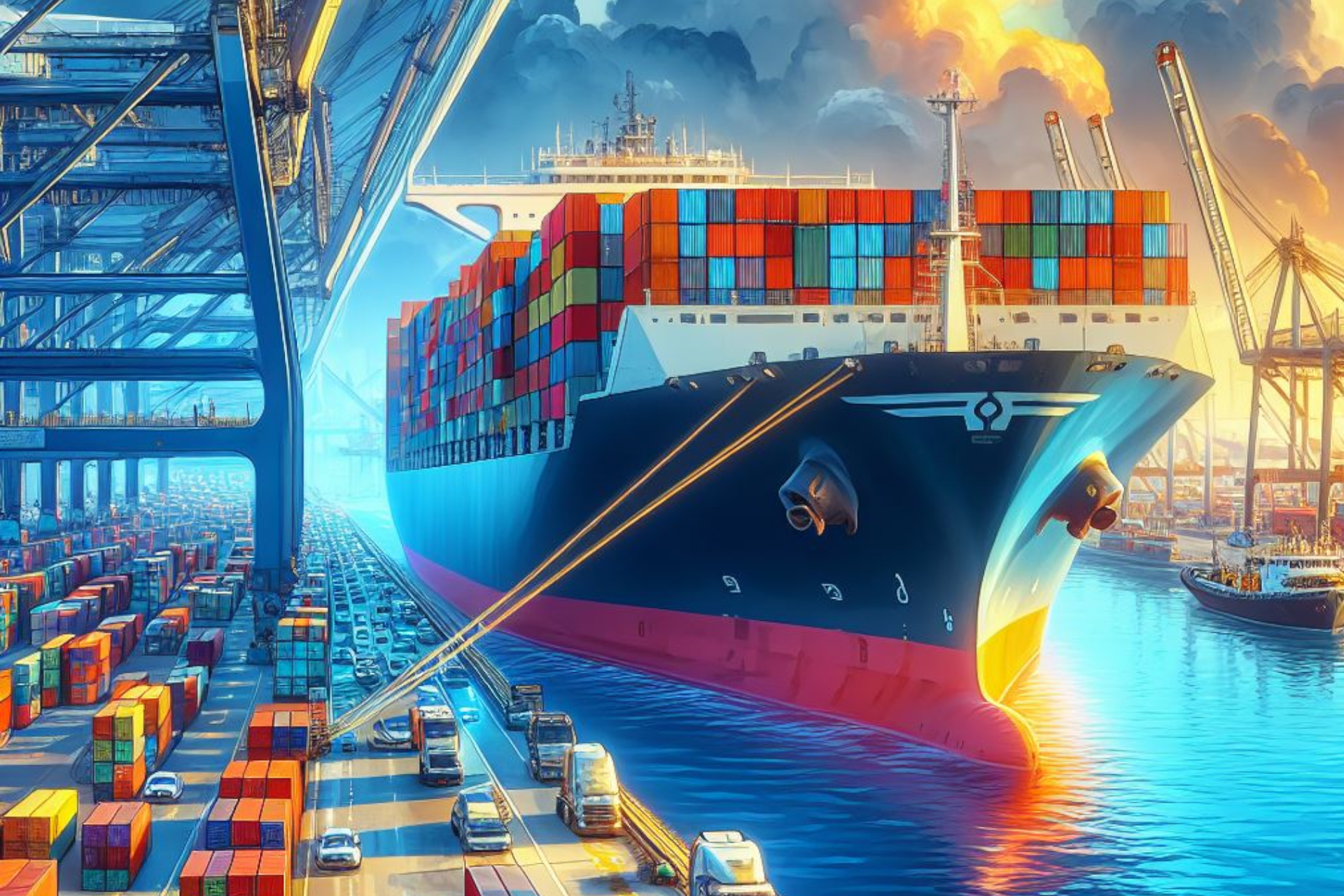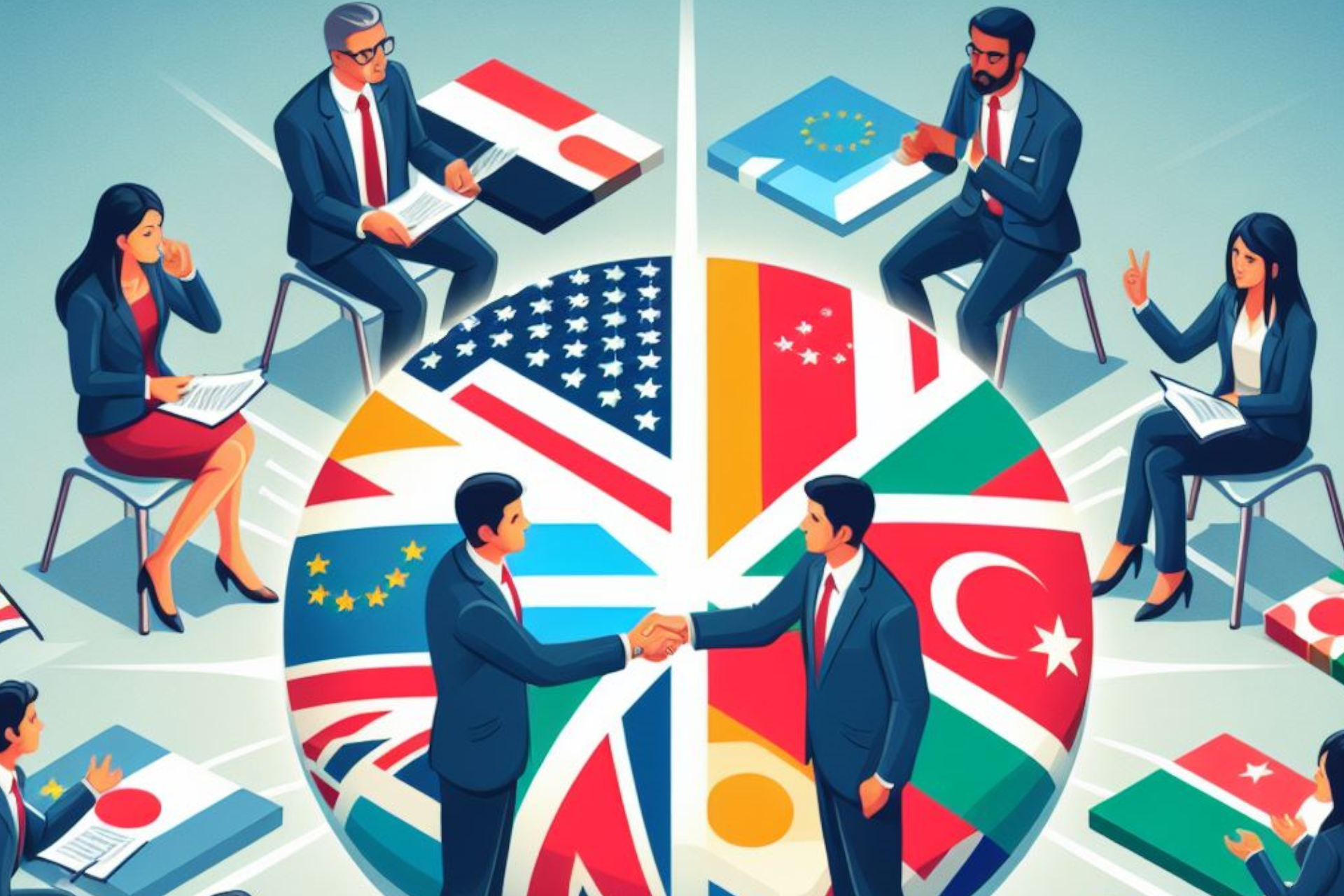Overcoming trade barriers such as tariffs, quotas, and non-tariff barriers requires comprehensive research, consultation with experts, advocacy through industry associations or trade agreements, understanding of international trade agreements, and leveraging technology. These strategies can help businesses navigate the complexities of international trade and succeed in global markets.
Trade barriers, which include tariffs, quotas, and non-tariff barriers, are constraints imposed by governments on the free flow of international trade. For businesses looking to operate internationally, understanding and navigating these barriers is crucial for success.
Tariffs, or taxes on imported goods, increase the cost of those goods in the import market, making them less competitive compared to local products. Businesses can mitigate the impact of tariffs by seeking ways to reduce costs, such as improving operational efficiency or sourcing cheaper materials.
Quotas limit the quantity of a particular product that can be imported during a specified period. When a quota is in place, businesses may need to seek alternative markets or diversify their product offerings to maintain their export volumes.
Non-tariff barriers include a wide range of measures such as import licensing, customs procedures, technical regulations, and standards. These barriers can be more challenging to navigate as they involve the complexities of different countries' regulatory systems.
Overcoming these barriers requires comprehensive research to understand the regulations of the target market. Consulting with trade experts, legal advisors, or trade promotion agencies can provide valuable insights into the market’s regulatory landscape.
Businesses can also advocate for the reduction or elimination of trade barriers through industry associations, chambers of commerce, or bilateral trade agreements. These organizations and agreements often work towards facilitating free trade and resolving trade disputes.
Additionally, understanding the intricacies of international trade agreements is essential. These agreements, such as the World Trade Organization agreements or regional trade agreements, often stipulate the conditions under which trade barriers can be imposed and provide mechanisms for dispute resolution.
Lastly, businesses can leverage technology to simplify compliance with trade regulations. For instance, digital platforms and software can help with tracking and complying with various regulatory requirements, reducing the time and resources spent on these tasks.
In essence, overcoming trade barriers requires in-depth understanding, strategic planning, collaboration, advocacy, and effective use of technology. These strategies can help businesses navigate the complexities of international trade and succeed in the global marketplace.
Related Information



















































